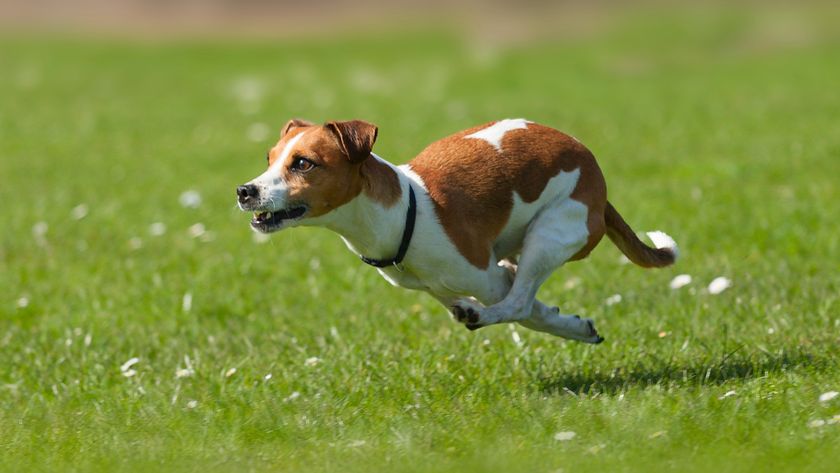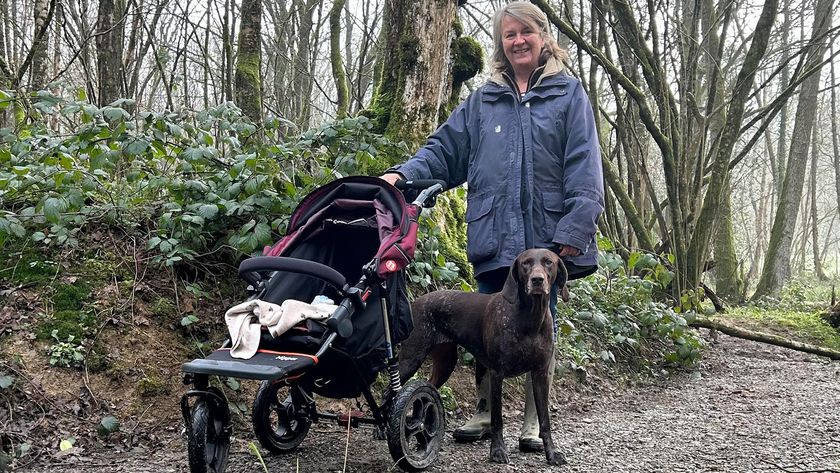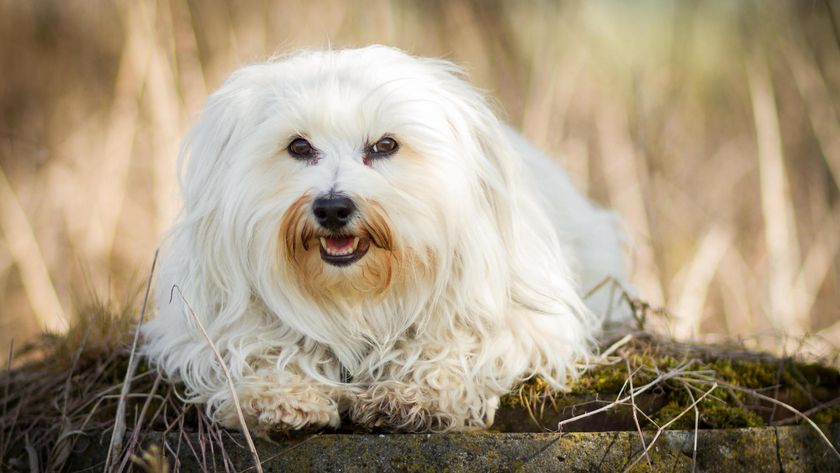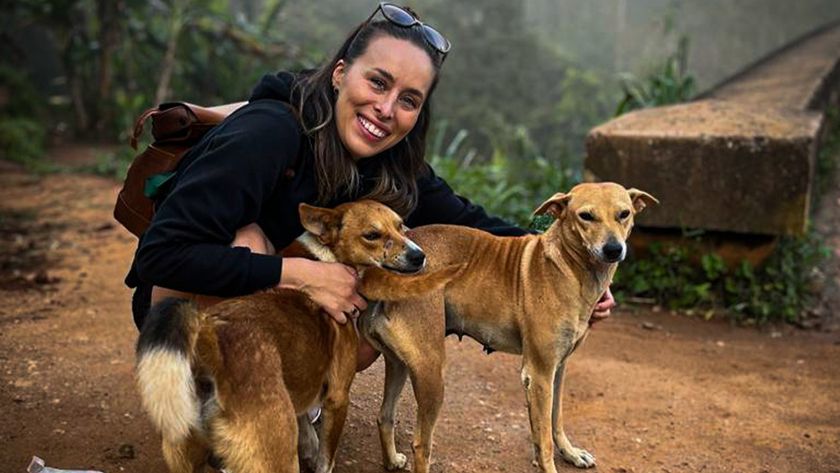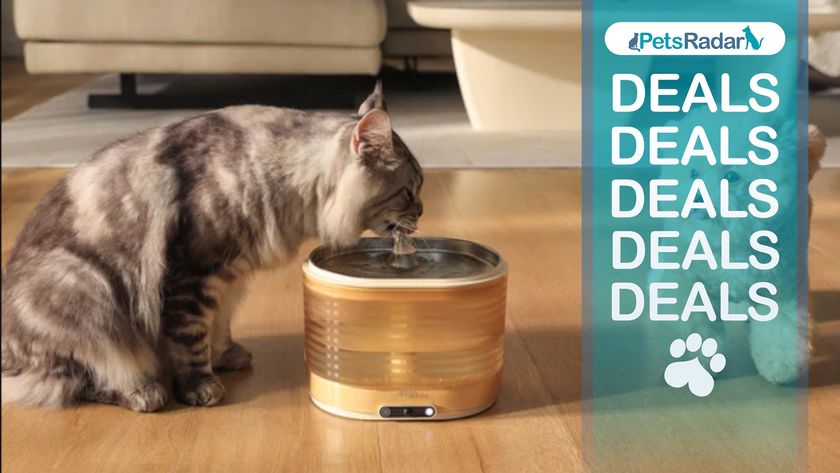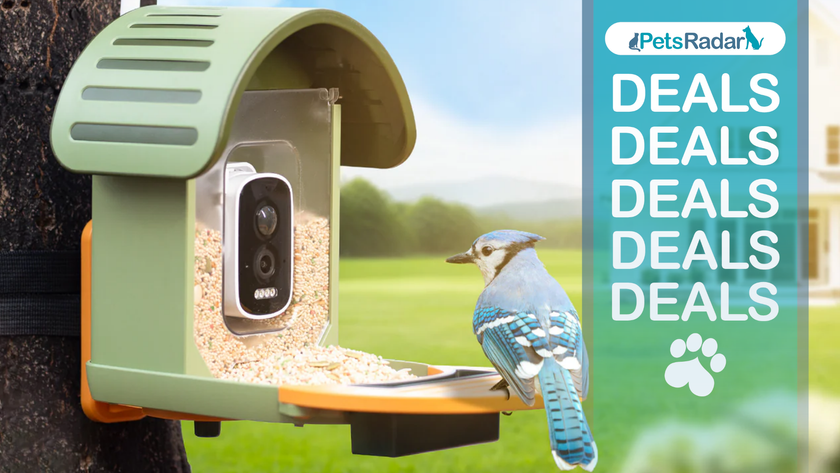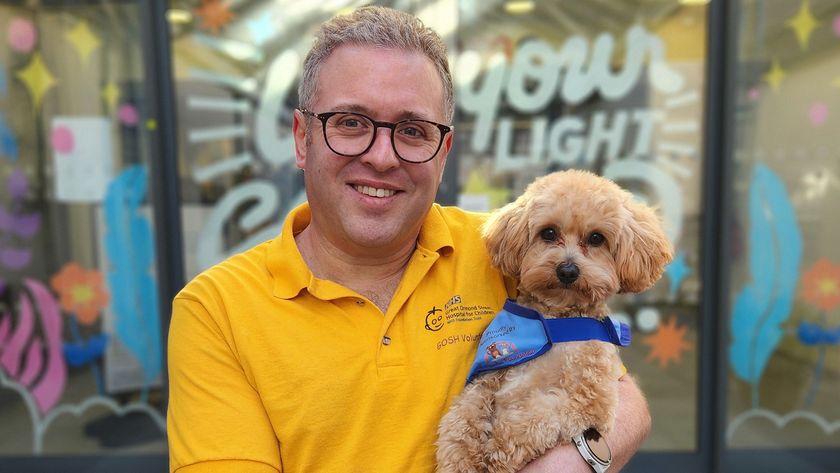Dog doctors: The clever canines that can help detect disease
Man's best friend doesn't just make a great pet, they make great dog doctors, too
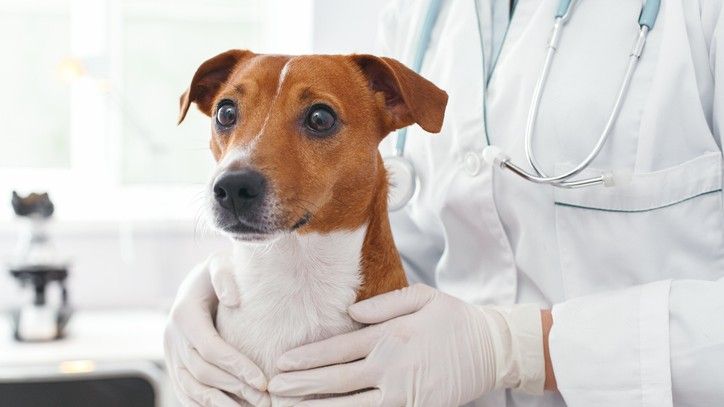
Dogs are pretty incredible creatures. They make loyal companions, great friends, and can help out humans in a ton of different jobs – even when it comes to detecting disease.
According to a news story in Wired in 2018, a study was conducted by the Medical Research Council in the Gambia, where they sent dirty laundry to a British charity that was training dogs to recognize malaria – a smell imperceptible to humans.
The research determined that two dogs were able to correctly identify the smell of malaria-infected children 70% of the time. Pretty incredible, huh? But how do dogs smell disease?
"Dogs have a sense of smell that's way more sensitive than even the most impressive man-made instrument. Powerful enough to detect substances at concentrations of one part per trillion – a single drop of liquid in 20 Olympic-size swimming pools," the article says.
We already know dogs can find bombs, drugs, crime suspects and human remains, but their powerful noses are now being used to detect disease. As the sister of a type 1 diabetic, I'm aware that a trained disease-detecting dog could be a service animal for her – according to Gizmodo, they can smell isoprene, a common natural chemical found in your breath. This will help them tell when their owner's blood sugar level is low, which could be a sign of a potential hypoglycemic attack.
Type 1 diabetics experiencing low blood sugar can be shaky, tired, and could even fall unconscious, with these attacks often occurring suddenly. A diabetes detection dog could alert their owner to their low blood sugar, giving them a chance to get a sugar boost – they can reportedly even recognize a sugar drop 15-20 minutes before a continuous glucose monitor or finger prick test can tell.
- Best dog food: Make sure your faithful friend gets the best in doggy diet and nutrition
- Best dog bed: Give your pooch the perfect night’s sleep
- Best dog toys
Author Maria Goodavage wrote a book called Doctor Dogs: How Our Best Friends Are Becoming Our Best Medicine, outlining the variety of medical tasks and services dogs can perform. They can help people at their bedside, guide disabled owners with everyday activities, and even detect stage one ovarian cancer, according to Goodavage in an interview with NPR. "They are able to detect ovarian cancer in one drop of plasma from a woman with it," she says.
PetsRadar Newsletter
Get the best advice, tips and top tech for your beloved Pets
There are even dogs who may be able to detect 'superbugs' or antibiotic-resistant strains of diseases. "There are three or four of these dogs working in a hospital in Vancouver who are sniffing out C. diff, a superbug that can easily spread in vulnerable populations in hospitals and manifests in diarrhea and all kinds of issues that can actually kill people. And these dogs are stopping it in its tracks," Goodavage says.
How to train a dog to detect disease
According to the article in Wired, it is fairly straightforward to train dogs to sniff out diseases – exactly the same way you'd teach a police dog how to seek out illicit drugs – but you should be a trained professional.
Since dogs have 'neophilia', basically an attraction and interest in new odors, human trainers will place some drops of a training liquid into jars, and if the dog identifies the right jar or a new smell, they'll get a reward.
Disease dogs are trained to indicate just one disease – not because they can't learn more than one, but because humans wouldn't be able to tell which disease they are identifying.
So there you have it, with disease-detection added to all their other attributes, dogs just keep getting more and more amazing.
If you, or someone you know, is in need of a service dog, head here for more info.
